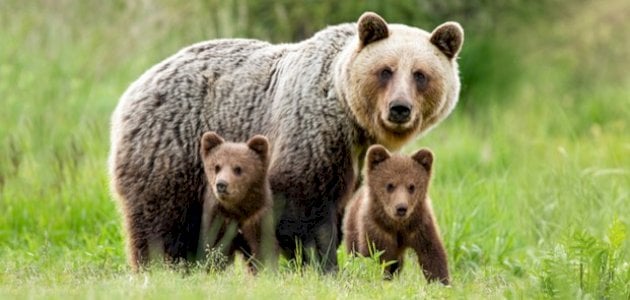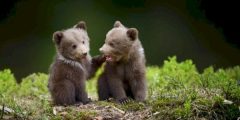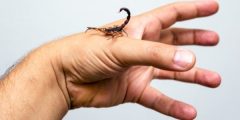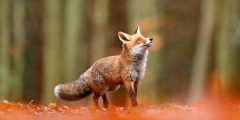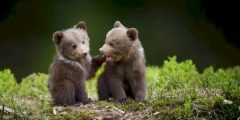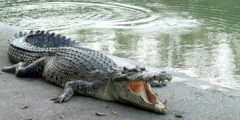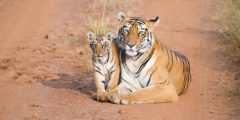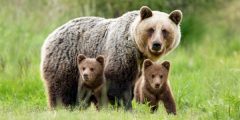Information about the female bear
Bears from the Ursidae family, which includes 8 species of carnivorous animals with a number of dietary preferences, are found in the Americas, Europe, and Asia. The smallest is the sun bear, and the largest is the polar bear. Most bears are classified as strong swimmers and skilled climbers.[XNUMX] They have strong claws, short tails, and a perfect sense of smell.[XNUMX]
The female bear is affectionate, strict, and sensitive. She protects, defends, and cares for her cubs. She devotes herself to their care, until the young are able to adapt and survive on their own, and this depends mainly on the abundance of food, the mother leaves her cubs in order to protect them from being killed during the following mating season.[XNUMX]
Remains Bear cubs Sisters and weaklings are together for a period of time after their mothers have left them, and young females tend to live in or overlapping ranges with their mothers, while males must travel farther ranges to establish their own.[XNUMX]
Characteristics of a female bear
The female bear has many physical and behavioral characteristics that distinguish it from the male bear, as follows:
Formal attributes
The shape of the body and face helps to distinguish between a female bear and a male bear. The most important physical characteristics of the female bear are the following:[XNUMX]
Read also:Son of a bear- The female bear appears noticeably smaller than the male
- A female bear's ears appear closer together and larger than a male bear's ears, which are farther apart and smaller.
- It has a small head compared to a male bear.
- Its shoulders appear the same width as its head, while males' shoulders appear wider and wider than their head.
- Female legs appear shorter and thinner than male legs.
- Females have long hair below the tail; It appears in the shape of a ponytail, which helps it leave scent marks.
- Females are distinguished by the presence of nipples, which are more clearly visible if the female has cubs.
Behavioral traits
Below are a number of behavioral characteristics specific to the female bear:[XNUMX]
- Bears are found singly except during the mating season; They gather and separate, and mating occurs in isolation.
- The male leaves the female after a period of mating, and has no role in raising the young.
- The fertilized egg remains in the uterus; As the pregnancy periods are different, to ensure that the young are born when the female is in the winter den, that is, they emerge from the den in the spring.
- The Ursidae family breeds once a year, while many bear species breed once every two to four years.
- The average lifespan of bears is 25 years in the wild and 50 years in zoos.[XNUMX]
Read also:Arabian wolf
Female bear hibernates
Hibernation is a physical state during which a number of physical changes occur; As the heart rate, metabolism, body temperature, and breathing decrease, the hibernation period of bears can last for 100 days, depending on the layer of fat that they accumulated during the summer and fall. Females wake up during the hibernation period to give birth to their cubs; The female gives birth to an average of 4 cubs. Pandas do not hibernate and give birth to one cub.[XNUMX]
Read also:How does a lion live?